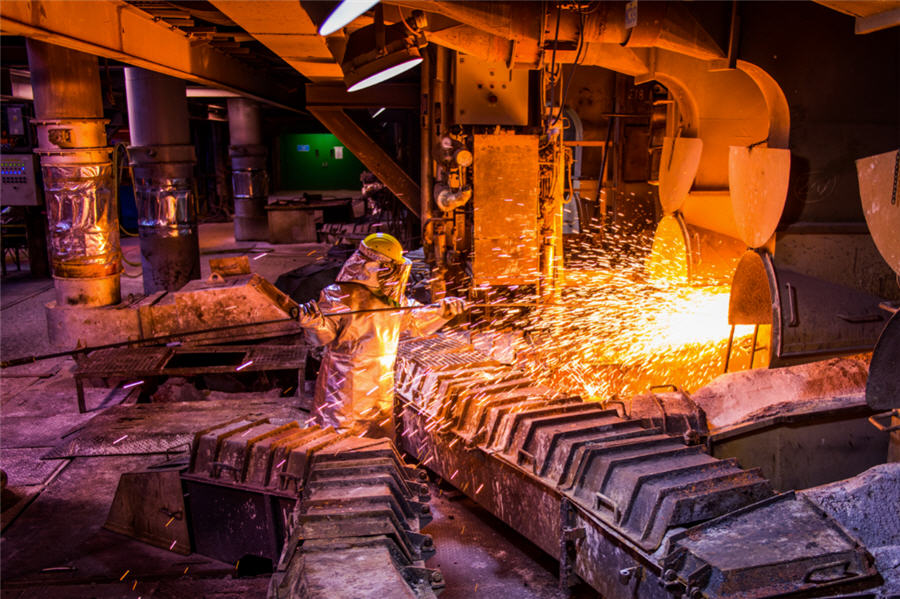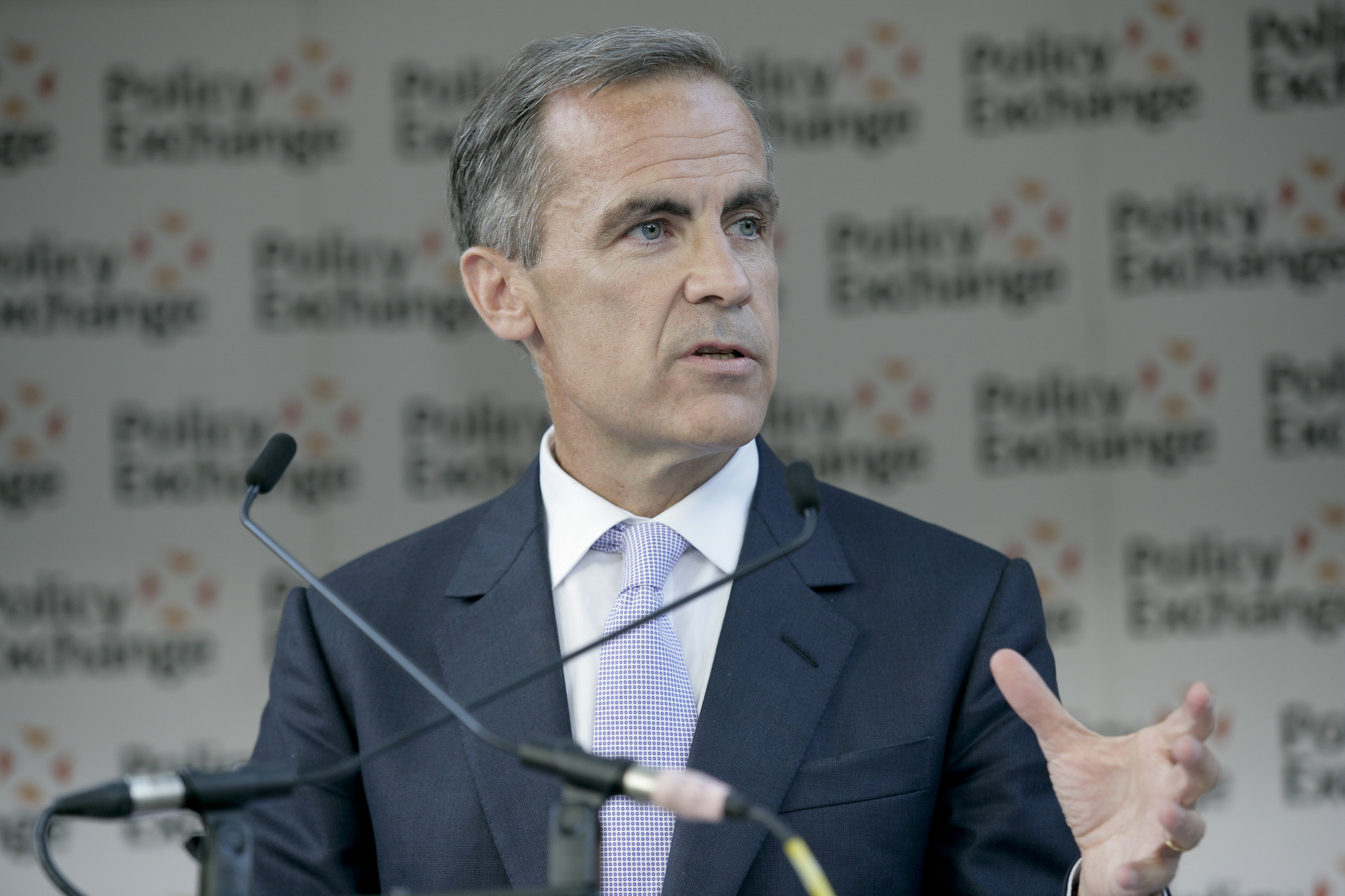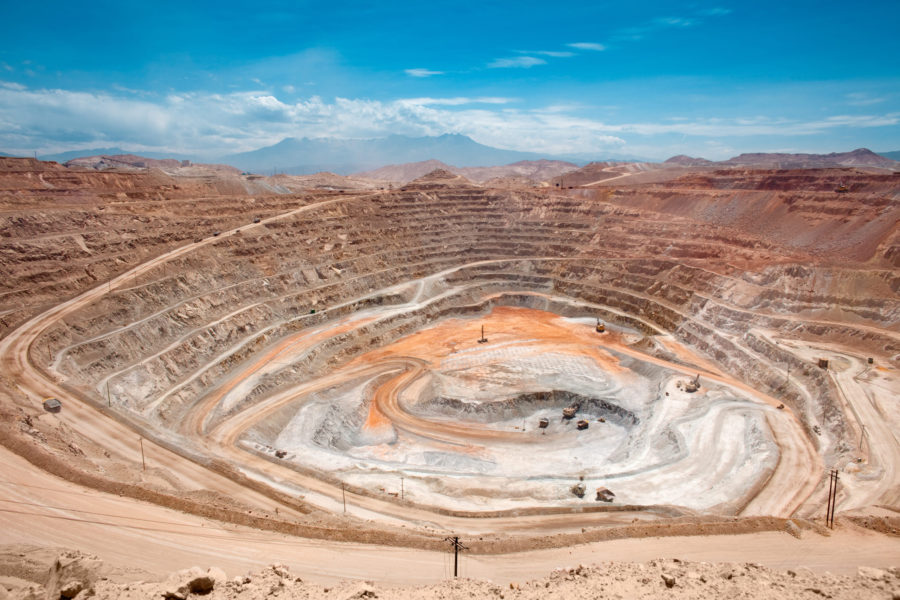Going green must include nuclear for EU’s largest copper plant

Surging electricity prices and ever-tighter European Union emission norms are pushing the bloc’s industrial producers toward nuclear power, according to the company that operates the continent’s biggest copper mine.
KGHM Polska Miedz SA is particularly vulnerable as the biggest consumer of Poland’s overwhelmingly coal-based electricity, and plans to introduce nuclear power into its energy mix this decade, Chief Executive Officer Marcin Chludzinski said in an interview.
Last year, the $7 billion state-controlled copper company signed a preliminary deal with U.S.-based NuScale Power LLC to build small-scale reactors in a country which — unlike most of its neighbors — doesn’t produce any energy from splitting atoms. Along with solar and wind projects, KGHM plans to be fully self-sufficient in energy production before the middle of the century.
“There’s no other logical way for the European industries to grow, based on clean energy, than through nuclear power,” Chludzinski said. “Even if we maintain profitable production despite rising gas and electricity costs, some European steel and iron makers aren’t able to do this any longer.”
Nuclear question
Last month, British Steel stopped taking new orders as Europe’s soaring energy prices boost costs. KGHM’s comments come as the EU is weighing whether to classify investment in some natural-gas and nuclear projects as sustainable, a conflict which has exposed deep divisions among member nations.
Atomic power allows European industrials to limit the impact of carbon-emission prices on their bottom line. The cost of releasing carbon dioxide gas into the atmosphere has risen at a “frighteningly fast pace” in past years, Chludzinski said.
KGHM, which consumes as much energy as 600,000 Polish households, spent 946 million zloty ($234 million) on energy in the first nine months of 2021, 30% more than a year earlier. The company expects that without changes to energy mix, its cumulative power bill will be 4 billion zloty higher by 2030.
In Poland, where coal is used for more than 70% of electricity production, companies including KGHM, oil refiner PKN Orlen SA as well as chemicals producers Ciech SA and Synthos SA are spearheading the drive for nuclear energy. The U.S. technology for small modular reactors has been approved but not yet implemented on an industrial scale, with the first projects due online this decade.
KGHM hasn’t yet decided whether to build only four nuclear reactors, which would cover its own needs, or more and become a seller of electricity, especially as it predicts a shortage of power on the market as the country gradually replaces aging coal-burning plants with renewable energy or nuclear projects. It expects to announce further details of its atomic-power ambitions later in 2022.
While the EU’s green revolution is forcing KGHM to invest heavily, the company is also benefiting from higher copper demand, especially from clean energy and e-mobility projects. Chludzinski said he wants the company to continue paying dividends after returning cash to shareholders for the first time in four years in 2020.
While the final payout decision rests with the government, KGHM’s controlling shareholder, “dividends should be paid because this is the company’s policy and we aim to stick to it each year,” the CEO said.
(By Maciej Martewicz)
More News
Resouro boosts titanium resource by 37% at Tiros project in Brazil
Total resources are now 1,400 Mt1 at 12% TiO₂ and 4,000 ppm TREO, the company said.
April 09, 2025 | 04:37 pm
Prime Minister Mark Carney vows to speed permits, make Canada energy superpower
The Liberal Party leader said at a campaign stop in Calgary that his government would create a Major Federal Project Office with a “one project, one review” mandate.
April 09, 2025 | 03:34 pm
Peru mining chamber sees copper output up 2-4% this year
That would put Peru's copper production between 2.79 million and 2.85 million metric tons.
April 09, 2025 | 02:53 pm
{{ commodity.name }}
{{ post.title }}
{{ post.excerpt }}
{{ post.date }}




Comments
Bob Hall
Build all you can. When the population sees brown outside they do not care where the power comes fro.